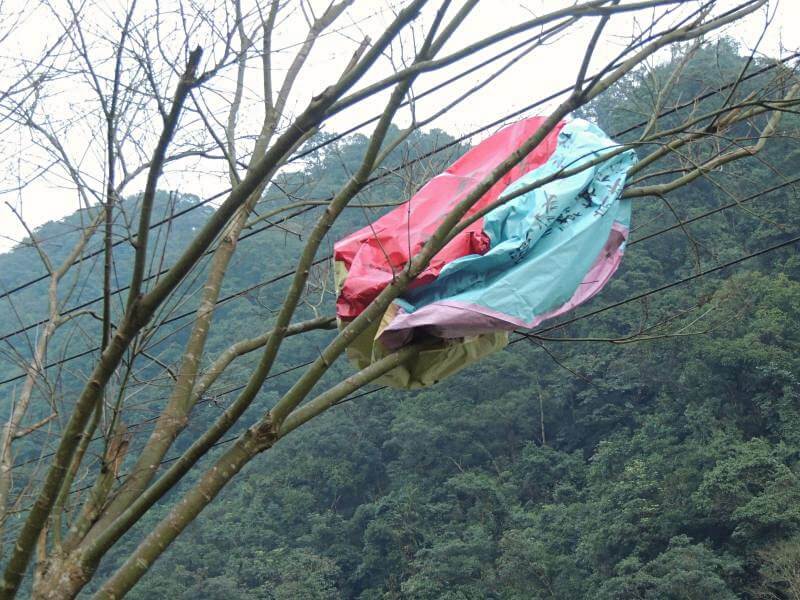Author Tina Teng, Yu-Wen Lin
Photographer Yuskay Huang, Taipei Leechi, Florida Bakery
Traditional pastries are an essential part of Taiwanese culture, as exhibited by their ceremonial functions in the Mid-Autumn Festival (中秋節), weddings, anniversaries, ceremonies, places of worship, and more. These pastries are made from simple ingredients such as flour, sugar, and hand-made filling. In Taipei, Japanese confectioneries became popular during Japanese colonial era (1895-1945), while Western-style bread gained popularity during the post-war globalization period, becoming a signature product across all modern-day convenience stores.
As time goes by, the fragrant aroma emitting from the landmark bakeries has become ingrained in the collective memory of their regular customers. While the bakeries take advantage of the island’s rich fruit offerings to incorporate them into their products, they also need to take up the challenge of creating ever more decadent desserts.
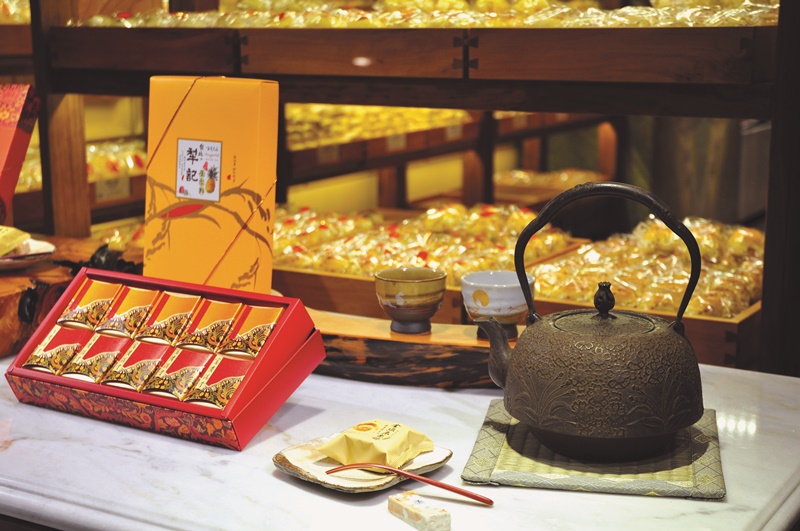
Taipei Leechi (台北犁記) — specializing in traditional han bing (漢餅, Chinese pastry) since the 19th century, Meigetsudo (明月堂) — a Japanese wagashi (traditional sweets) shop established in the early 20th century, and Florida Bakery (福利麵包) — a landmark bakery that introduced western bread and pastries to Taiwan during the postwar era — are true hidden gems tucked away in the busy streets of Taipei. Each shop’s uncompromising flavor and embracement of timelessness form a part of the city’s wonderful sense of nostalgia.
Taipei Leechi-Master of Han Bing
If you stop by Section 2 of Changan East Road (長安東路二段) in Zhongshan District around Lunar New Year and Mid-Autumn Festival, you will see a long queue of loyal customers in front of Taipei Leechi waiting to make their holiday purchases. The bakery offers freshly-baked classic Chinese pastries, including pineapple cakes, mini mung bean mooncakes, and sun cakes, each with a shelf life of one to two weeks. The pastries are nicely packaged for easy carriage, making them a top gourmet souvenir for visitors.
The main ingredient in Taiwanese-style han bing is a dense and soft filling made from green mung beans. The hulled beans are steamed for at least an hour before being mixed with sugar, walnuts, and other seasonings that will later be stir-fried. Stewed pork is added to the filling to create a sweet and savory flavor. No egg is added to the white outer layer pastry, giving it a delicate, soft texture.

(Middle) Mung bean mooncake with egg yolk is another of Taipei Leechi’s signature products.
(Right) The date mooncake with pine nuts has been a popular bestseller recently.
As the pandemic drove up online orders in the past three years, Leechi’s products can now be shipped to Hong Kong and Macau. However, most visitors still prefer purchasing at the store, as more products are readily available at the physical location.
Meigetsudo-Artistry Depicted Through Rice and Red Beans
Founded during the Japanese period, Meigetsudo is a maker of authentic Japanese wagashi. The confectionery shop is known for its subtly sweet ingredients and delicate red bean paste. The products vary in appearance to express seasonal themes, and are paired with various types of tea.
During Japanese era, there were many Japanese wagashi stores in Sakaemachi-Dori (栄町通), close to the former Governor-General’s Office (currently the Presidential Office). Established in 1935, today’s Meigetsudo is one of a handful of authentic wagashi shops in Taiwan. Under the guidance of second-generation owner Yi-wen Zhou (周宜文), who is almost 90 years of age, Meigetsudo has been the designated wagashi store for Japanese organizations, confectionery lovers, and tea connoisseurs in Taiwan for more than 80 years.
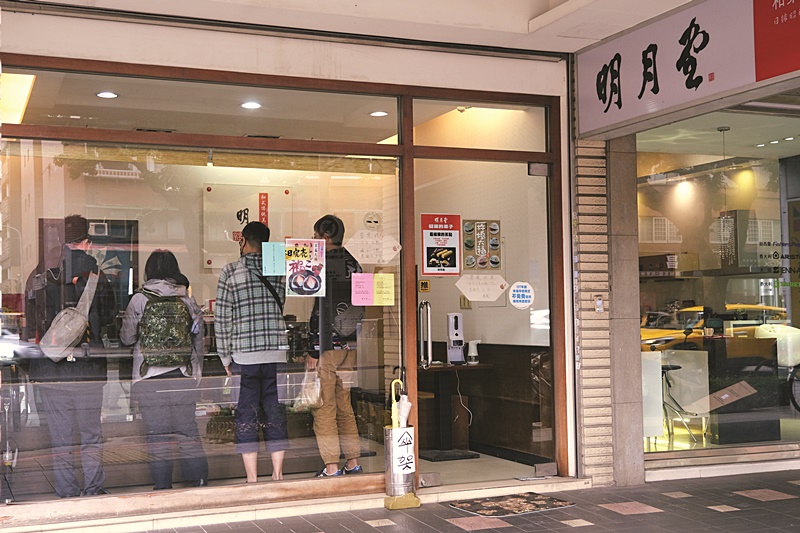
Anko (red bean paste) is the soul of wagashi. The complex process begins with picking out impurities from the raw red bean batch. The beans are then boiled, simmered, filtered, and repeatedly passed through a sieve to reduce the astringent taste. The paste can be made into different textures, including tsubuan, which has a chunky texture with the beans still intact, koshian, with a fine smooth texture, mitsumame (sweetened red beans), yokan paste (red bean jelly), and monaka paste (azuki bean jam filling sandwiched between thin mochi wafers). Meigetsudo offers at least six types of red bean products. Note that seasonal wagashi and daifuku (stuffed mochi) are best consumed within a day. There are two Meigetsudo locations in Taipei.
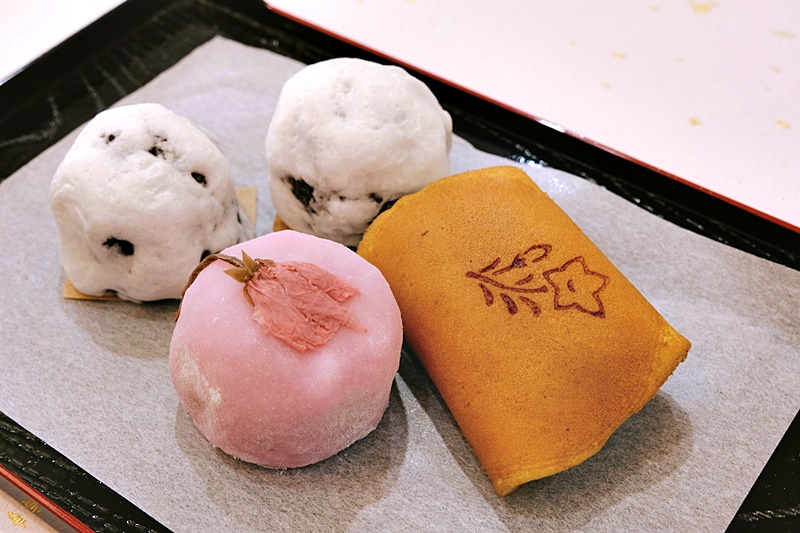
Strawberry daifuku are only available in spring and are extremely popular. Be sure to order in advance as availability is limited. The daifuku skin is made from glutinous rice into a sticky paste through grinding, soaking, dehydrating, steaming, and pounding, highlighting the earthy aroma of rice and creating an unparalleled texture. Meigetsudo also offers chestnut daifuku and bean daifuku as the season changes.

Florida Bakery-Offering Eclectic Global Flavors

Florida Bakery stands at the forefront of the first wave of western bakeries in Taipei. It was initially established in 1949 as a supplier for the Military Assistance Advisory Group. Today, hailed as “the United Nations of Bread”, Florida Bakery offers the classic French baguette, nostalgic Taiwanese sweet and savory snacks, exotic pita bread that goes well with everything, and classic hand-made cookies.
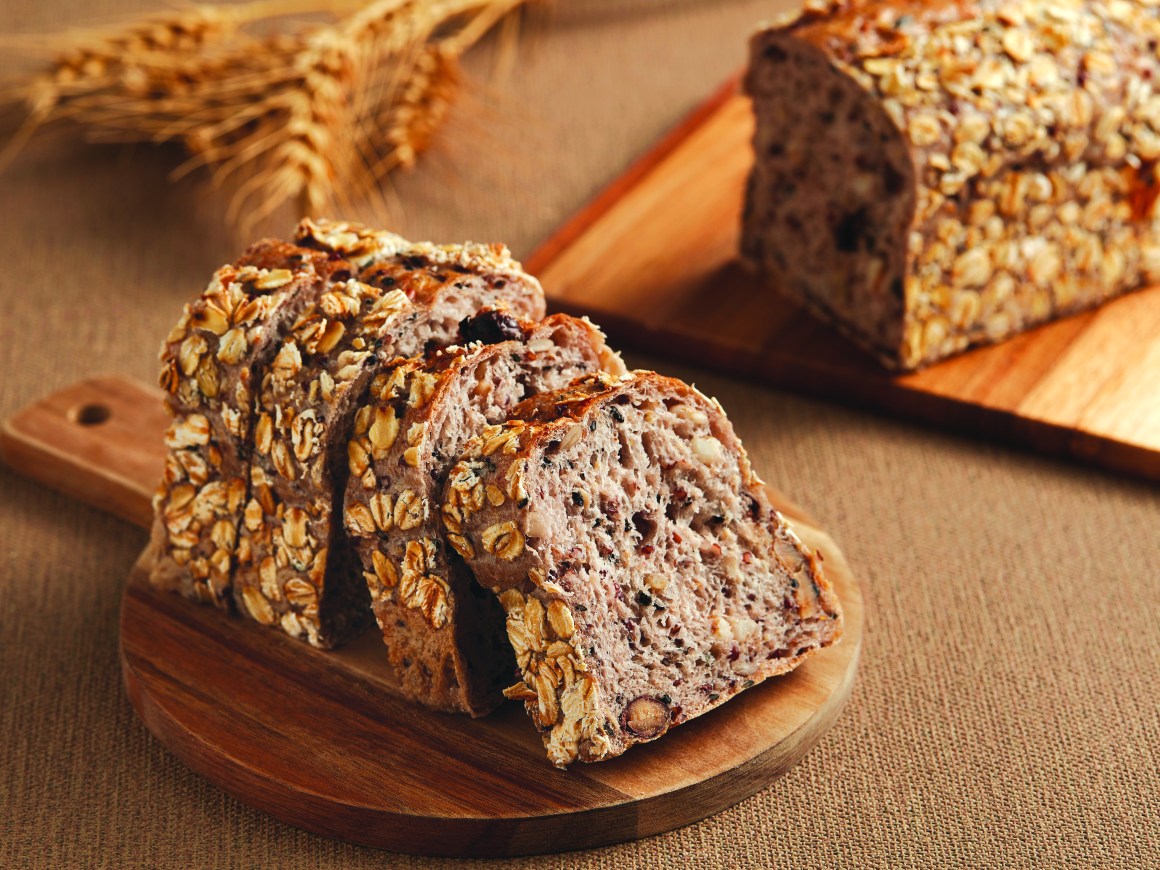
The most popular item on the menu is French garlic bread. The garlic spread is made from locally-sourced fresh garlic from Yunlin County (雲林縣) in central Taiwan and butter from New Zealand, giving it an aromatically-spiced flavor with a good dose of calories. For a lighter, no-sugar-added alternative, go with the Formosa multigrain sourdough loaf. Every bite into the dense loaf is filled with healthy, earthy nuts.
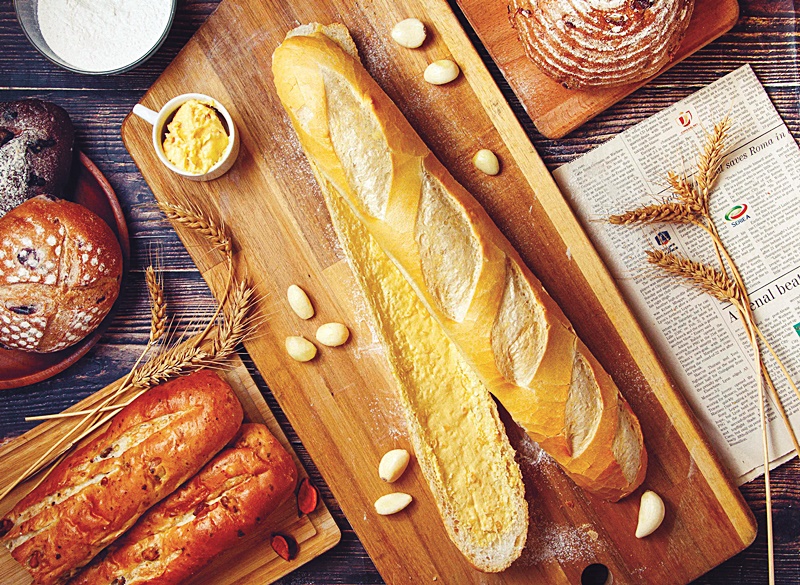
Gourmet tortilla chips with cinnamon sugar also come highly recommended. The chips have more than two weeks of shelf life. The corn tortilla chips are baked with all-natural vegetable oil sprinkled with cinnamon powder and sugar, making them an excellent vegetarian option.
This article is reproduced under the permission of TAIPEI. Original content can be found on the website of Taipei Travel Net (www.travel.taipei/en).

